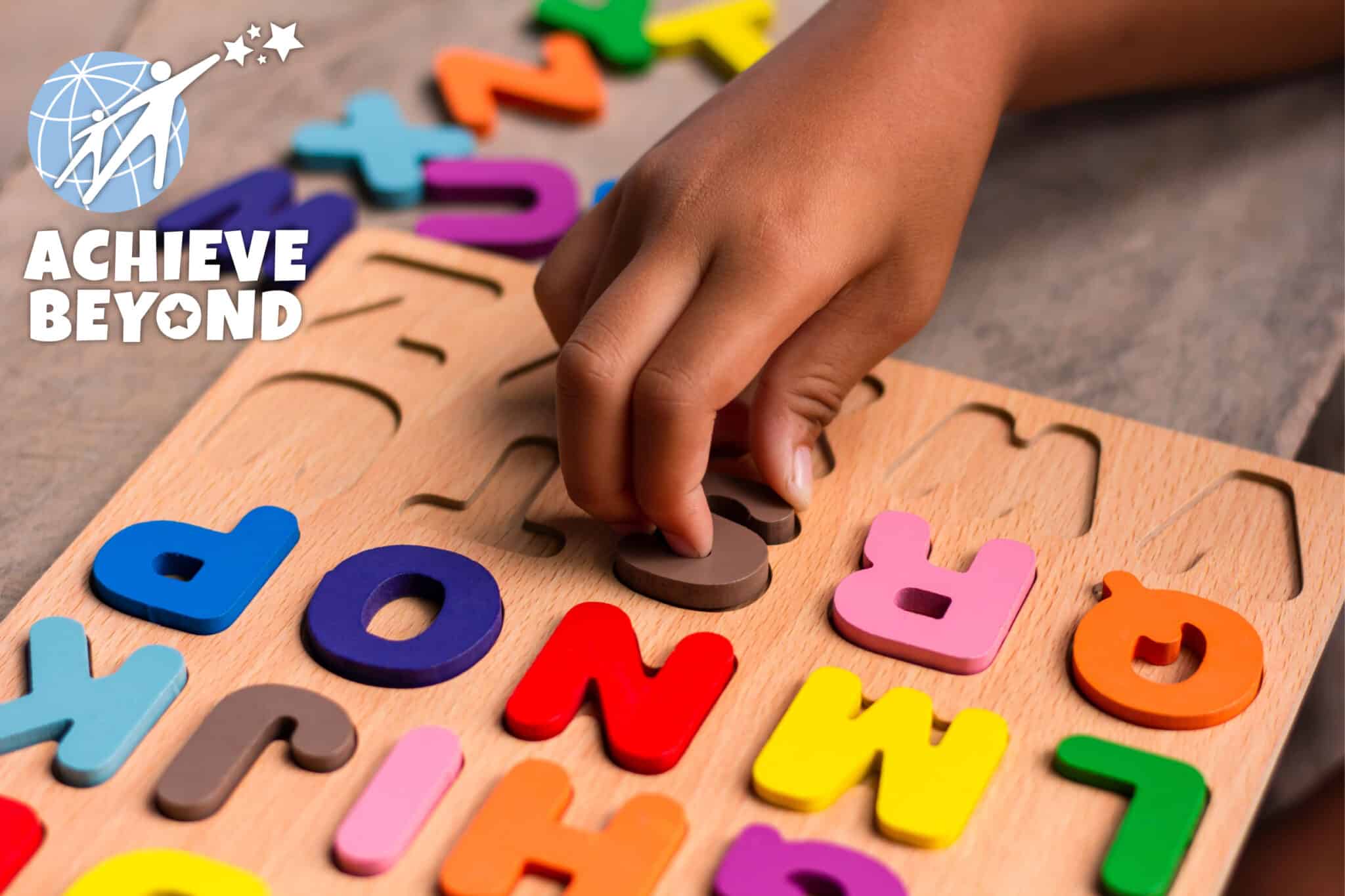S Words Speech Therapy Exercises
Written By: Michelle E. Sisto, MS CCC-SLP TSSLD S

All children develop at different rates. Some children develop faster, while some need a little extra time to meet milestones. This is specifically applicable to speech sounds. Formulating the sounds we use for speech is not as natural as you may think. Each speech sound requires different manipulation of the articulators (tongue, lips, teeth, hard palate, etc.) and becomes more complex as words become longer. A contributing factor to the complexity of speech sound production is that speech sounds are often produced with slight variations dependent upon the other sounds that are produced before or after the target sound. While we do have ages of acquisition, where many children acquire specific speech sounds, every child develops at their own rate and sometimes needs a little more support to produce target sounds.
To produce the /s/ sound, the tip of the tongue lightly touches against the ridge behind the top teeth. Air is pushed out of the mouth and passes between your tongue and the ridge of the mouth. Mastery of the /s/ sound usually occurs between the ages of 3 and 8, however, for some children, it is harder to master. Children with difficulty producing /s/, may be identified as having a “lisp” or when the child has difficulty producing the /s/ and /z/ sounds due to their tongue being in the wrong position. The tongue may stick out between the top and bottom teeth or when air passes over the sides of the tongue. When listening to your child speak, you may hear them substituting the /s/ sound, such as “yeth” for “yes”. If your child persists with having difficulty producing the /s/ sound, contact a speech language pathologist for an evaluation and consultation.
In the meantime, there are many easy and fun activities to do at home, to work on the production of the /s/ sound!
Use production of the /t/ sound to promote production of /s/
Production of the /t/ and /s/ sound are produced with very similar tongue positions. The only difference is that /t/is produced by tapping the tip of the tongue against the ridge behind the top teeth, where /s/ is produced by holding the tongue there and pushing the air out for a prolonged period of time. If your child can produce /t/, you can use that sound to help shape and teach /s/. First, have your child produce the /t/ sound and provide verbal cues, such as “that /t/ sounded great! Your tongue touched the bump part of your mouth”. After several /t/ productions, ask the child to hold their tongue there, after producing /t/, and push the air out of their mouth for a few extra seconds. Model this for the child by doing it yourself a few times. For visual cues, take a piece of paper and draw a playground slide with stairs. Have the child use their finger to “climb” the stairs, while producing /t/. When they get to the top of the slide, have them hold the /t/ production, while sliding down the slide, and the sound they produce should sound like the /s/ sound!
Use a cotton ball and a straw for visual feedback
To reinforce the idea that to produce /s/, air must be pushed out of the mouth and pass between your tongue and the ridge of the mouth, have a race with your child. Place cotton balls on the table and hand your child a straw. Have them place their tongue, behind their top teeth, on the bumpy part of their mouth and produce /s/. They can put the straw in front of their lips and prompt your child to try and blow the cotton ball across the table, while producing /s/. This helps provide support for your child to sustain the production of /s/ and focus on the place of the target sound.
Follow the “bite, smile, and blow” method
If your child has difficulty sliding their tongue around, while producing /s/, verbally cue the child, where to place their tongue. Then, model for your child biting down their teeth and smiling. The child can then blow out air, while holding their tongue in the correct placement. This supports the child in maintaining the correct tongue placement, while practicing the sound.
Engage in sensory play
Build a sandbox in your kitchen. All you need is a container of any size, Kinetic sand, and small manipulatives beginning with /s/ (seashell, sunflower, sun, seeds, sucker [lollipop]). Hide the /s/ manipulatives within the sand. Play I Spy and hide and seek to discover hidden items and practice labeling the items to work on the /s/ sound production.
Fill your child’s library with books surrounding the /s/ sound
Reading builds a child’s vocabulary, sound production, and connection with their caregiver. There are plenty of books that have a ton of opportunities to work on the /s/ sound, such as Silly Tilly by Eileen Spinelli, Fox in Socks by Dr. Seuss, Silly Sally by Audrey Wood, and I see, You Saw by Nurit Karlin. These books center around words that have the /s/ sound, such as seesaw, upside, backwards, Sally, socks, sorry, and goose. Read the books to your child and pause, after producing /s/ words, to create opportunities for your child to imitate the word, following the model you provide.
Articulation work can be tedious but it can also be fun! Remove the pressure to produce words perfectly and build a connection with your child, and have fun while working on the target sounds. By turning these “exercises” into fun games and competitions, your child will be motivated to work on their sounds and won’t even know they are hard at work because they will be having too much fun!
Date Posted:
February 21, 2023
Share this blog
Categories
Recent Blog Posts
-
A Day in the Life of an Early Intervention Speech Therapist
-
What Does an Early Childhood Speech Therapist Do?
-
Behavior Therapists: A Career Merging the Science of Learning with Fun and Compassion
-
A Day in the Life of a Home-Based Early Intervention Provider
-
Enhancing ABA Therapy with Compassionate Care: Empowering Individuals through Positive Reinforcement








